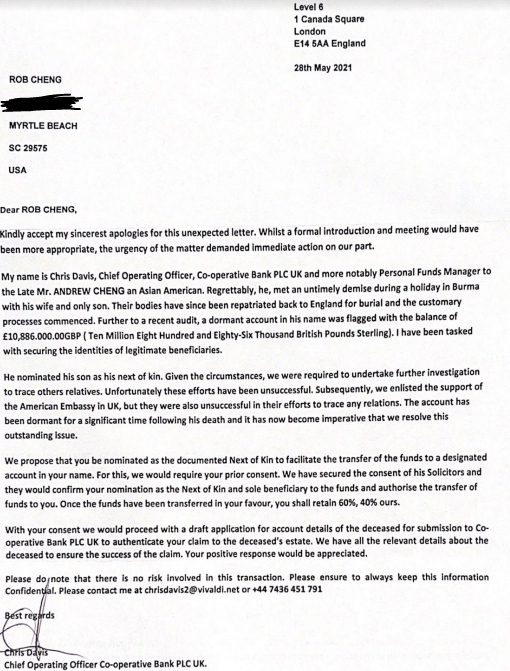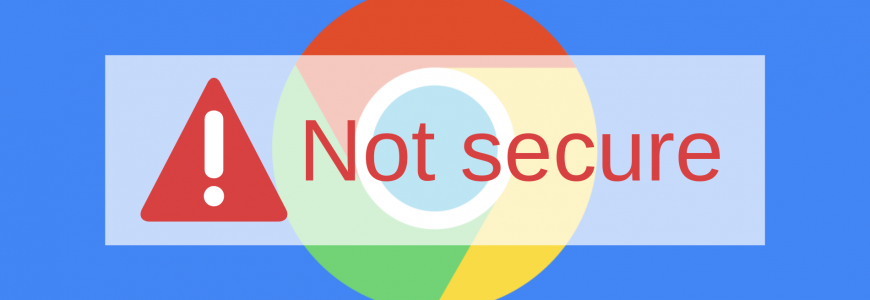Scammers tweak their methods to avoid scams being detection…
There are scams galore. We have written about social media scams, text scams, email scams, phone scams, and now mail scams. It may not seem like a substantial advancement in the world of cyber crime. Backwards almost — moving away from digital attacks. Of course we all get the junk mail that we can easily identify. The insurance quote requests, the credit card offers…but what about a letter about a long lost relative who faced an untimely demise with a fortune to leave to someone.
Would you fall for it?
PC Matic founder and CEO, Rob Cheng received this letter in the mail last week. In all honesty, it can be rather convincing if you don’t have a “be mindful of scammers” mindset.

By using the names of legitimate agencies, creating a sense of urgency, and providing contact information for further questions some may believe this is real. But, let’s take a closer look.
Spotting the scam…
Basically everything in the last paragraph of this letter screams scam.
First, “…there is no risk involved in this transaction.” If it was a legitimate transaction, why would anyone think there was a risk? They are saying that in an attempt to put the potential victim’s mind at ease. However, anyone reading the letter should see that as a big red flag.
Second, don’t tell anyone! They are asking for silence because the more people you tell, the likelihood of their scam being exposed increases.
Third, take a look at the email address they provide. More specifically the domain @vivaldi.net. Vivaldi is a web browser, like Google’s Chrome. If a COO from a financial institution was going to be contacting you, they would be using their bank email (FAKE example: [email protected]) Not a generic contact email that anyone can create through their email engine.
Finally, the other item that raises eyebrows is Rob’s name, address and his fake relative’s name are in all caps. Why? This is purely speculation, but I would assume those are the fields that auto-fill with personal data based on the recipient. Again, no confirmation on this — just making an assumption.
What do you do now?
If you receive a letter like this, toss it in the trash. Just like the scam phone calls, text messages and emails — the only way it can create problems is when you begin to interact with these scammers. Ignore, ignore, ignore!




